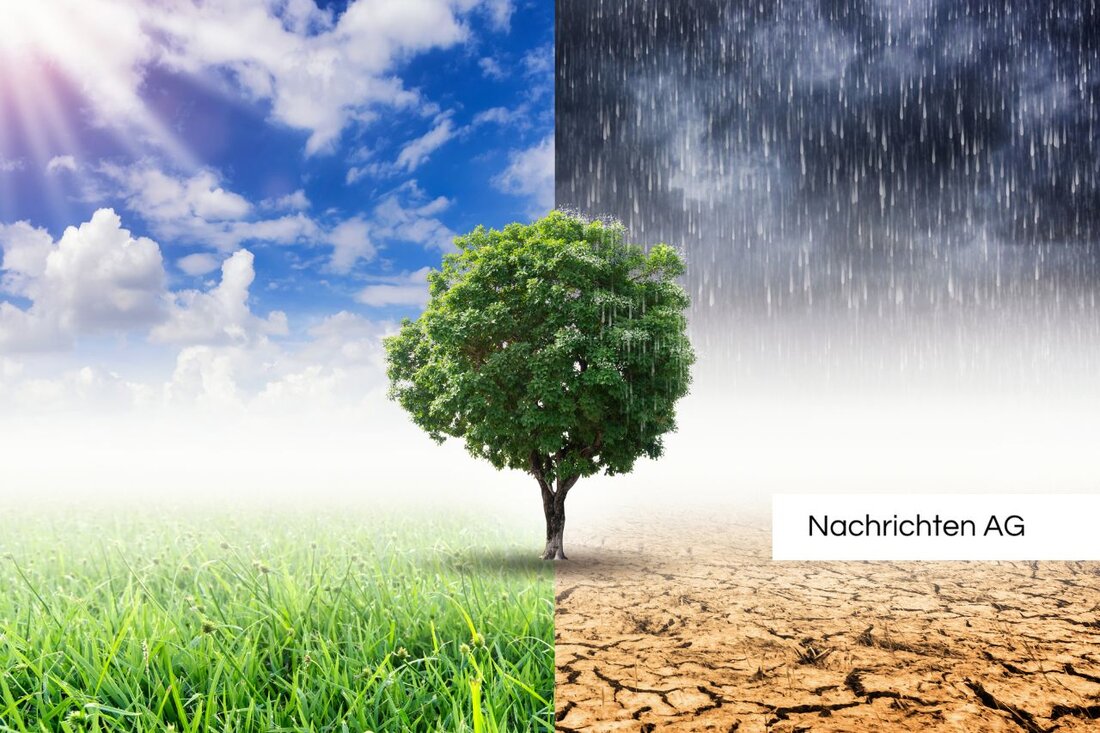Climate crisis in the Thuringian Forest: Can our nature still be saved?
On March 14, 2025, Hagen Dargel will discuss the current challenges of the Thuringian Forest in the context of climate change at the TU Ilmenau.

Climate crisis in the Thuringian Forest: Can our nature still be saved?
The changes in the Thuringian Forest have become particularly noticeable in recent years. The region around Ilmenau in particular is the focus of scientific and aegis discussions. On Friday, March 14, 2025, Hagen Dargel, the head of the Frauenwald forestry department, will present the current developments and future challenges of the forest in a lecture at the Ilmenau University of Technology. Admission to this information event is 5 euros and begins at 3:00 p.m. in the Faradaybau, Weimarer Straße 32.
The Thuringian Forest has changed significantly due to human intervention and natural disasters. The effects of climate change are particularly serious, and have been intensified by extremely warm and dry years since 2018. These climatic conditions have favored the spread of the spruce bark beetle, which primarily attacks weakened spruce trees and leads to their death. Spruces are the most common tree species in the Thuringian Forest, which significantly increases the consequences of bark beetle infestation. According to the findings of tu-ilmenau.de It is essential to analyze the current situation carefully.
Climate change and its consequences
Climate change threatens not only spruce stands, but also the entire forest ecosystem. Key aspects are the loss of habitats and the decline of animal and plant communities. This particularly affects species that rely on moist and cool habitats, such as in the 350 raised bogs that occur in the Thuringian Forest. thueringenforst.de highlights that many native tree species are under increasing pressure.
To counteract this crisis, foresters and forest owners are developing strategies to mitigate the effects of climate change. The measures include converting intact forests into climate-stable mixed stands and reforesting damaged areas with species-rich, climate change-resistant mixed tree species. It is clear that changes in the species population in native forests not only need to be planned in advance, but are also urgently necessary.
Another problem is alien harmful organisms that have come to Thuringia through global trade in goods, including the Asian longhorned beetle. In addition, the dieback of ash shoots, caused by the “false white stem cup” fungus, has meant that no ash trees have been planted in the state forest for years. At the same time, exotic plants such as late-flowering black cherry, Japanese knotweed, tree of heaven and giant hogweed are spreading, displacing native species and potentially causing skin irritations and allergic reactions in people.
The look into the future
The challenges that climate change poses for the Thuringian Forest are enormous. Foresters and forest owners emphasize that adapting local forests to changing climatic conditions requires endurance and stamina. In the coming decades it will be important to view the forest not only as a source of resources, but also as a valuable ecosystem whose preservation is of central importance for both nature and human society.
Hagen Dargel's lecture will therefore provide crucial insights into the acute challenges and the necessary crossover strategy to save the forests in Thuringia.

 Suche
Suche
 Mein Konto
Mein Konto